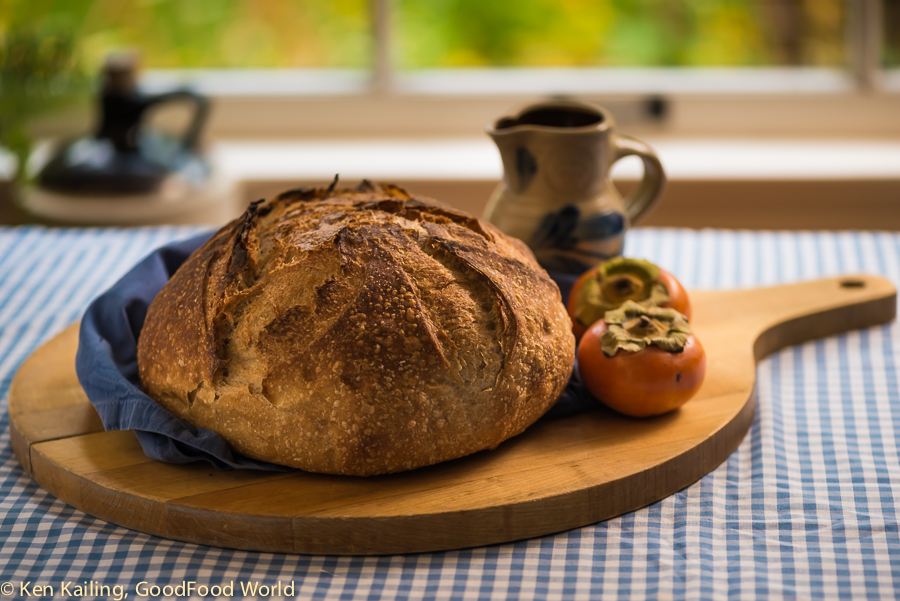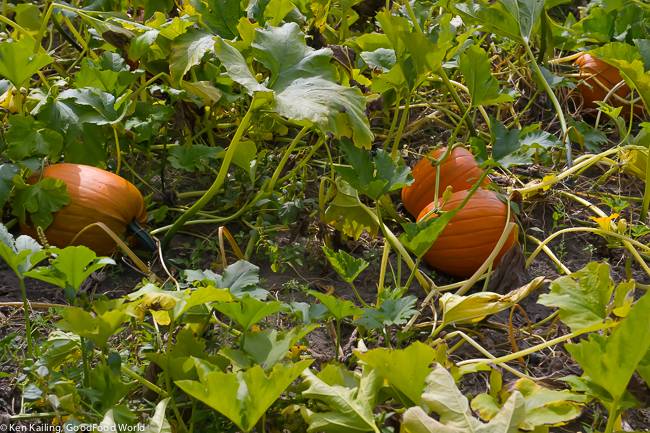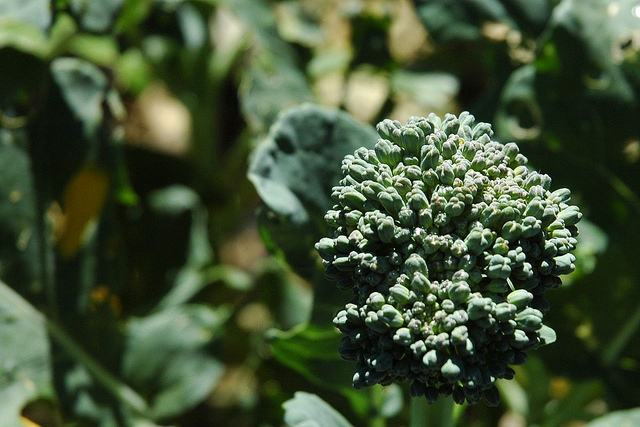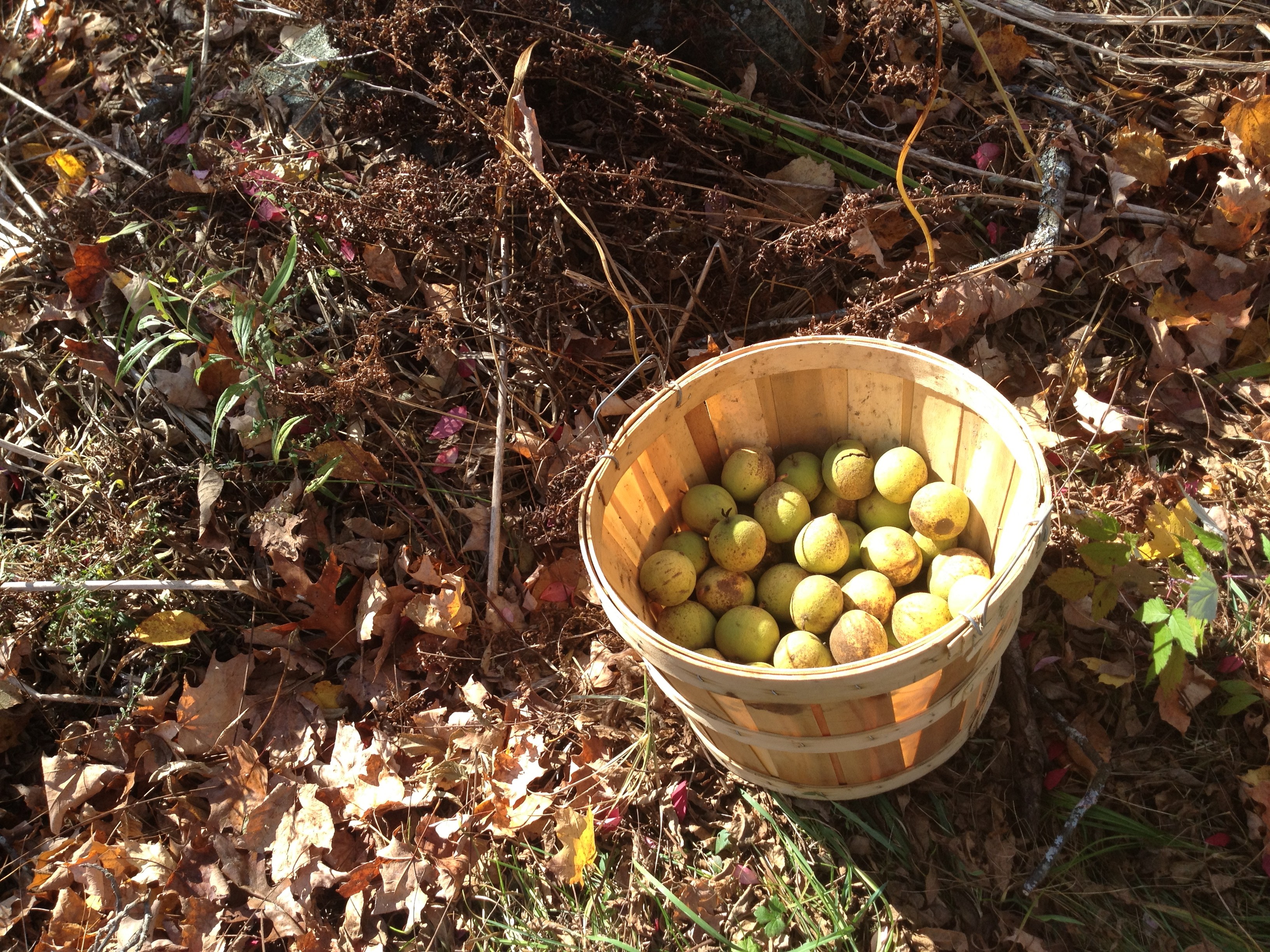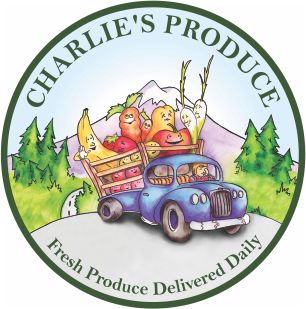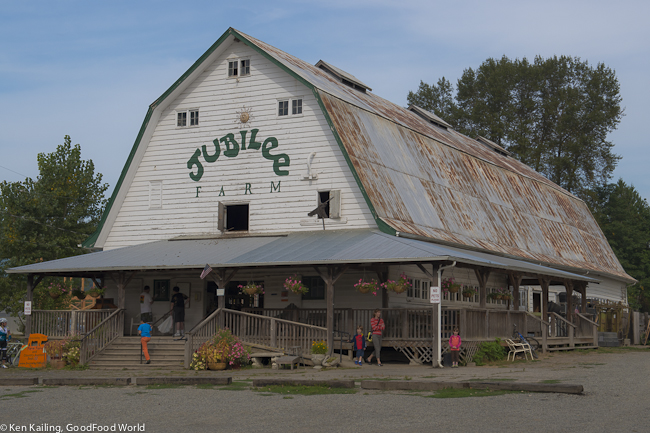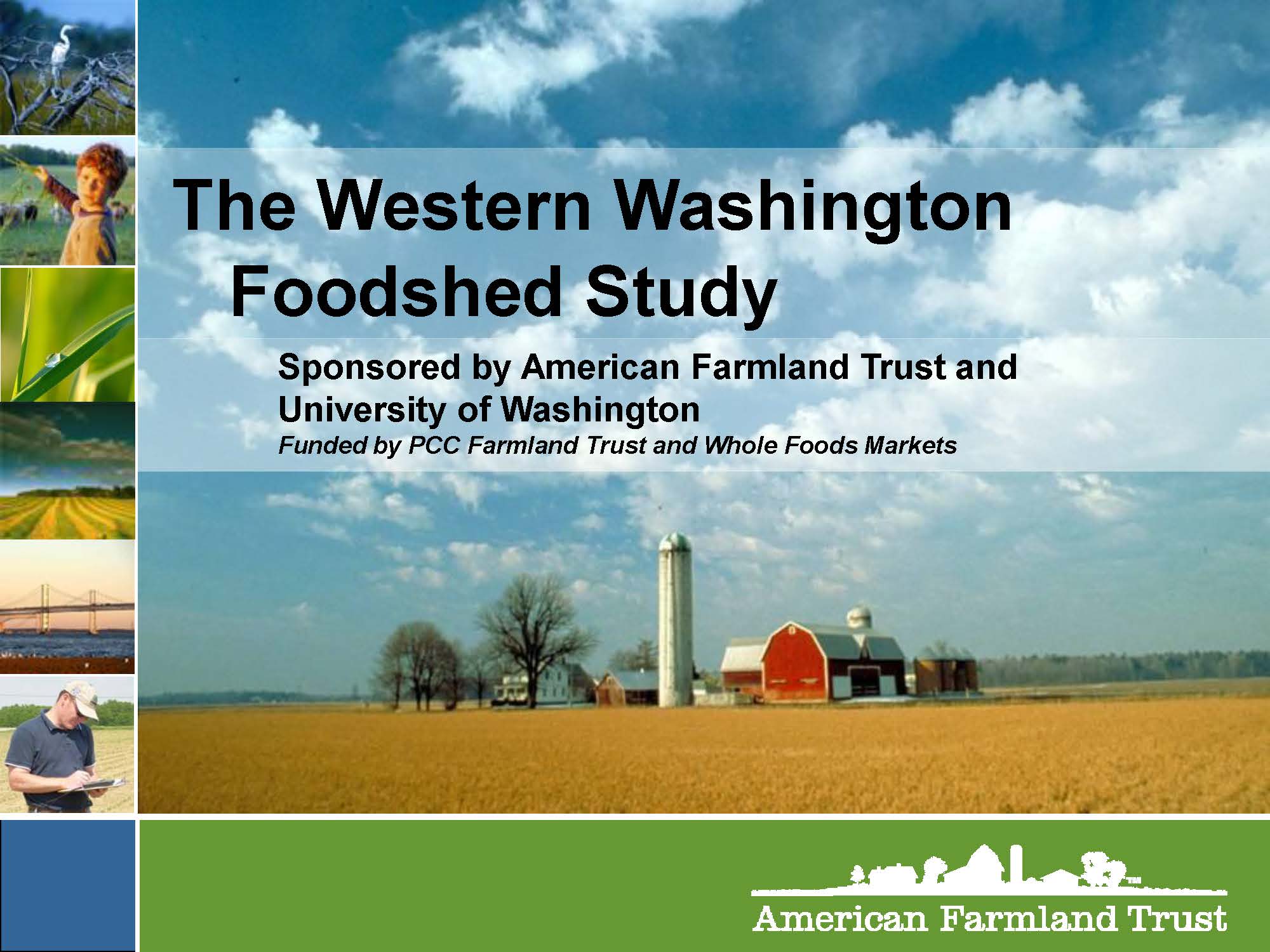Wonder Bread or Wonderful Bread?
Chances are your family’s daily bread is just another item on your list when you shop at your favorite supermarket. Let’s take a closer look at what you’re bringing home; your bread may be “in disguise.” It’s pretty clear that fluffy loaves of mass-produced soft, damp, nutritionally deficient, chemical-laced bread made in large industrial “bread factories” and sold in tightly sealed plastic bags contain additives and preservatives to make them easy to process and to give them a long shelf life. But what about the rest of those loaves lined up just asking to be dropped into your shopping cart?

